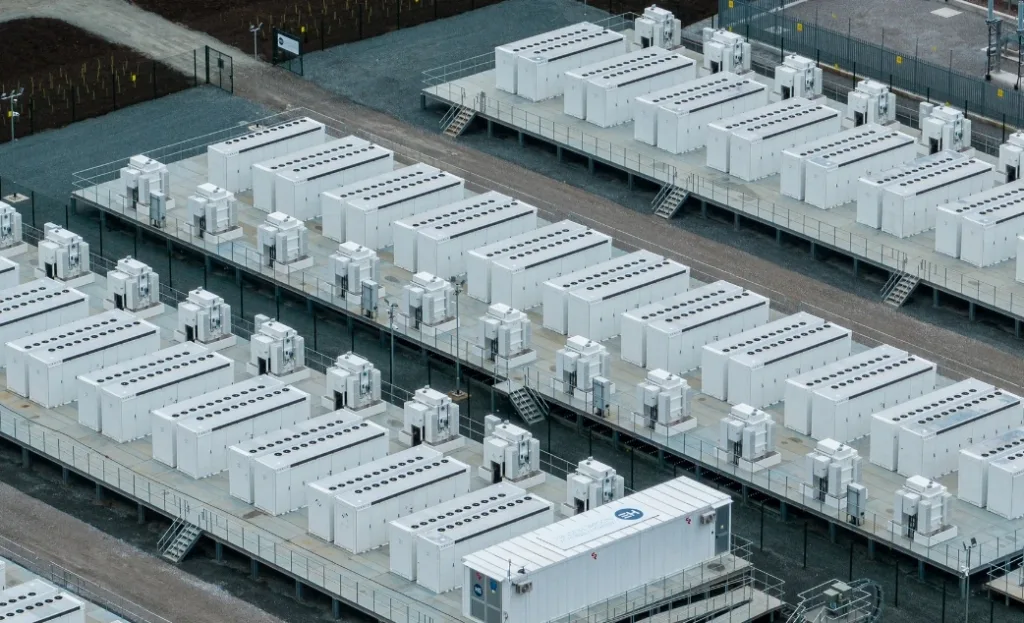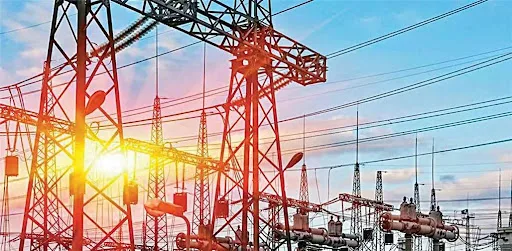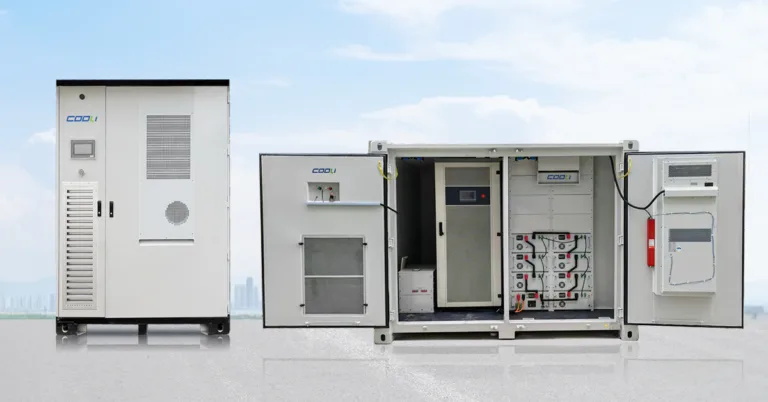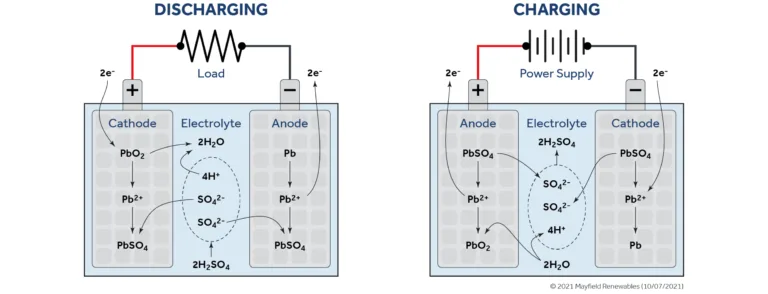Africa’s Largest Standalone Battery Energy Storage Power Station: South Africa’s Red Sands Project Officially Launched
South Africa Launches Africa’s Largest 153MW/612MWh Red Sands Battery Energy Storage Project
The project serves as a model for enhancing grid performance and alleviating power shortages across Africa, marking a significant milestone in the continent’s transition toward efficient and sustainable energy development.

Recently, the launch ceremony for Africa’s largest standalone battery energy storage power station—the Red Sands 153MW/612MWh Battery Energy Storage System (BESS)—was successfully held in Johannesburg, South Africa. This event signifies the project’s transition from the preparation stage to full-scale implementation.
Located approximately 100 kilometers southeast of Upington in the Northern Cape Province, the Red Sands Project is part of South Africa’s first Battery Energy Storage Independent Power Producer Procurement Program (BESIPPPP). The project scope includes the construction of the BESS station, booster station, switching station, substation, and supporting transmission lines, with contracts taking immediate effect upon signing.
As a flagship project in South Africa’s renewable energy market, its completion will help optimize the national energy structure, enhance grid stability, and serve as a benchmark for energy storage development across Africa.
The launch ceremony brought together over 40 representatives from key stakeholders, including project owner Globeleq, EPC consortium CEEC–CGGC–DAVHA, supervising firm Fichtner, grid design partner ESP, subcontractor Tractionel, and battery supplier Sungrow. Participants shared a collective vision and commitment to delivering this landmark project successfully.
During the event, the Project Director of Globeleq highlighted the project’s strategic importance. As Africa’s largest standalone energy storage project, it is described as a “stabilizing anchor” for South Africa’s power grid, playing a vital role in enhancing grid regulation, ensuring energy security, and accelerating renewable energy integration. He called on all partners to collaborate closely, maintain alignment with project goals, and ensure high-quality, safe, and timely project execution.
The CEEC–CGGC–DAVHA EPC Consortium presented a detailed construction and management plan. Leveraging its extensive international engineering experience and strong renewable energy capabilities, the consortium aims to allocate resources efficiently, strictly uphold quality, safety, and environmental standards, and deliver a benchmark project for South Africa’s new energy sector.
Notably, the project adopts CALB’s independently developed 314Ah Gen2.0 battery cells, which feature long cycle life, high energy efficiency, and advanced safety performance in compliance with international standards.

Once completed, the Red Sands BESS will generate substantial positive impacts. It will greatly relieve transmission and distribution congestion in the Northern Cape, mitigate local power shortages, and enhance the reliability and resilience of power supply. Ultimately, it will strengthen the foundation for local economic and social development and support South Africa’s steady progress toward a cleaner, more sustainable energy future.
#Energy Storage News #Renewable Energy Developments #South Africa #BESS #Red Sands Project







